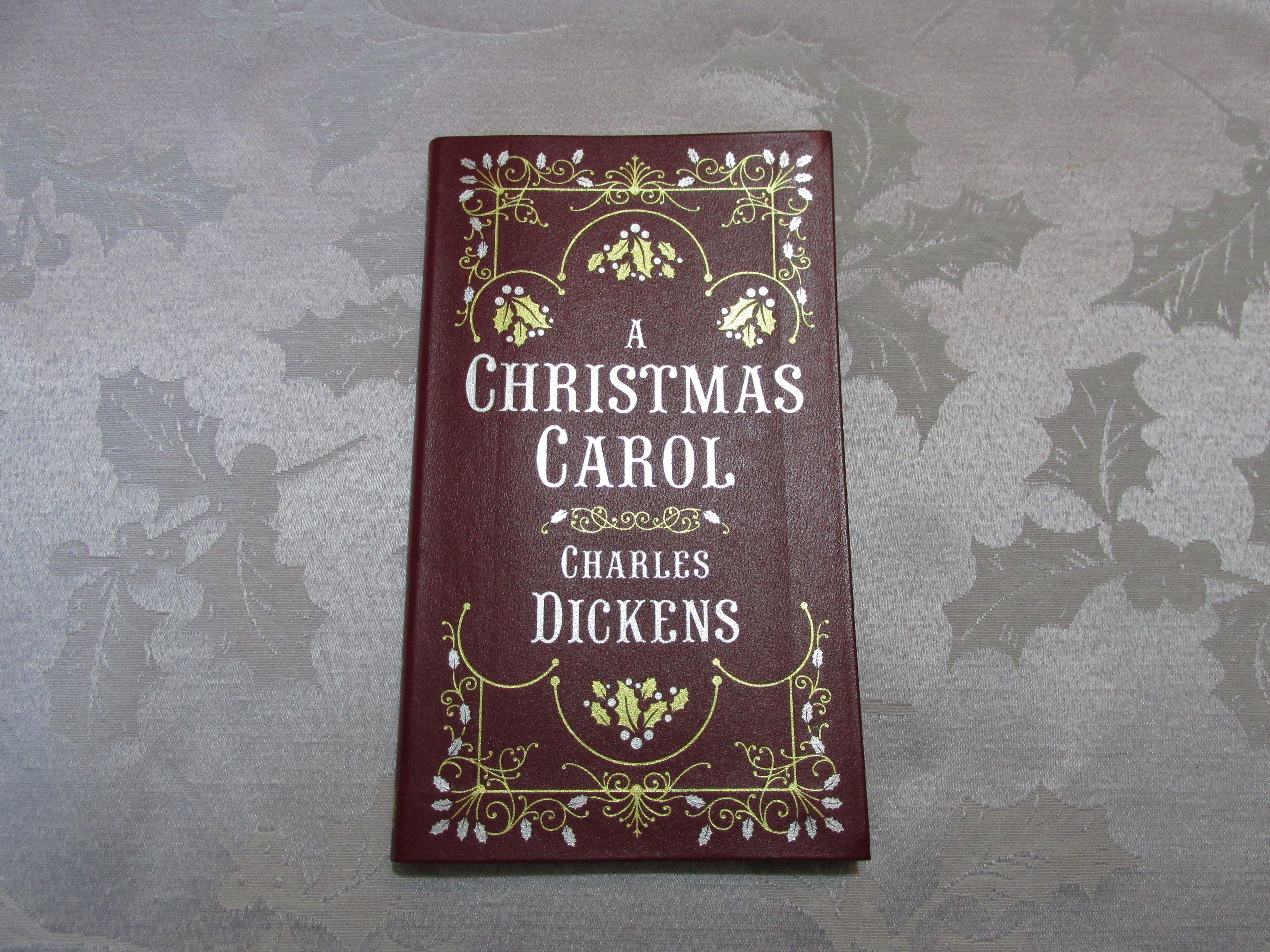By Sandra Merville Hart
When it comes to research, contemporary writers have it so easy, right? I am teasing, because these novelists definitely research their topics. However, it is true that everyday objects don’t have to be described in great detail in those genres.
For instance, when a character answers a phone in a contemporary novel, writers don’t have to mention that they hold the object to their ear to hear the conversation. The ringtone isn’t described unless it says something about the character’s personality or holds meaning in the story.
On the other hand, historical writers pay attention to those details as they paint a picture from days gone by. For example, novelists add descriptions of landaus, a four-wheeled carriage, for readers who want to see the vehicle in their imagination. These carriages contained two seats that faced each other to accommodate four adults comfortably. The driver sat on an elevated seat while guiding a team of four horses.
Landaus are no longer common so writers realize the need to describe these modes of transportation. Many objects fall into this category and enhance reader’s pleasure to learn a bit about the past.
However, there are other familiar objects that we, as writers, simply assume have been around for generations. I discovered this while writing a novel set in 1877.Historical novelists can't trust assumptions. Verify with research. #histfic #writer Click To Tweet
My character sat on a front porch swing enjoying a conversation with her niece and new stepdaughter. The scene almost wrote itself. It didn’t occur to me until editing to wonder when porch swings came into use. I swung on them during childhood visits to older relatives’ homes, making me assume that they had been gracing front porches for years.
Assumptions have to be verified, requiring additional research.
In another novel, I wanted to show a character’s brothers playing tricks on her for April Fool’s Day. When did such shenanigans begin? Research showed this tradition began in 1700, making it safe to include in my 1904 novel.
How about the celebration of Mother’s Day and Father’s Day? These are relatively new holidays honoring parents.
I wanted to include a scene where fourteen-year-old twins (not yet called teenagers in 1877) decorated a Christmas tree at their boarding house with ribbons. They strung popcorn to arrange across the evergreen branches. Including these activities in my story required researching when Americans began to chop down evergreen trees to bring into their homes for Christmas. Did they decorate with ribbons, hang presents on the tree, pop corn for the occasion? These nostalgic details, once verified, bring richness to stories.
A wonderful aspect of research is that it often reveals traditions that are no longer followed. Including long-forgotten details deepens both your story and your reader’s delight.
We are often fairly certain of our facts, such as the date an event took place, but it’s always worth checking if there is any doubt. An abundance of Internet sites often makes this a quick process.
Sources
“April Fools Tradition Popularized,” History.com, 2017/02/24 http://www.history.com/this-day-in-history/april-fools-tradition-popularized.
“Landau,” Encyclopeadia Brittanica, Inc., 2017/02/24 https://www.britannica.com/technology/landau-carriage.




 We love helping your growing in your writing career.
We love helping your growing in your writing career.
